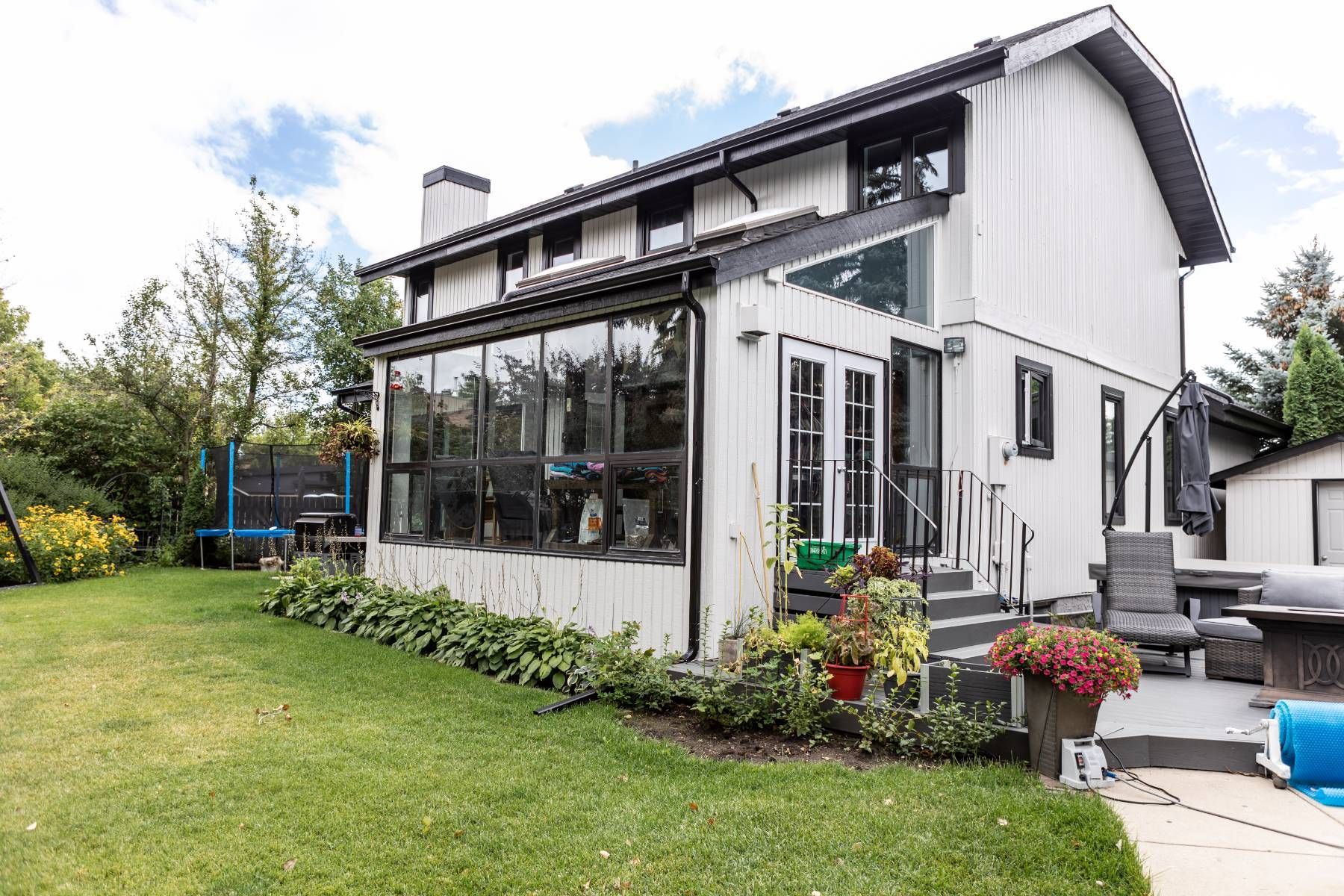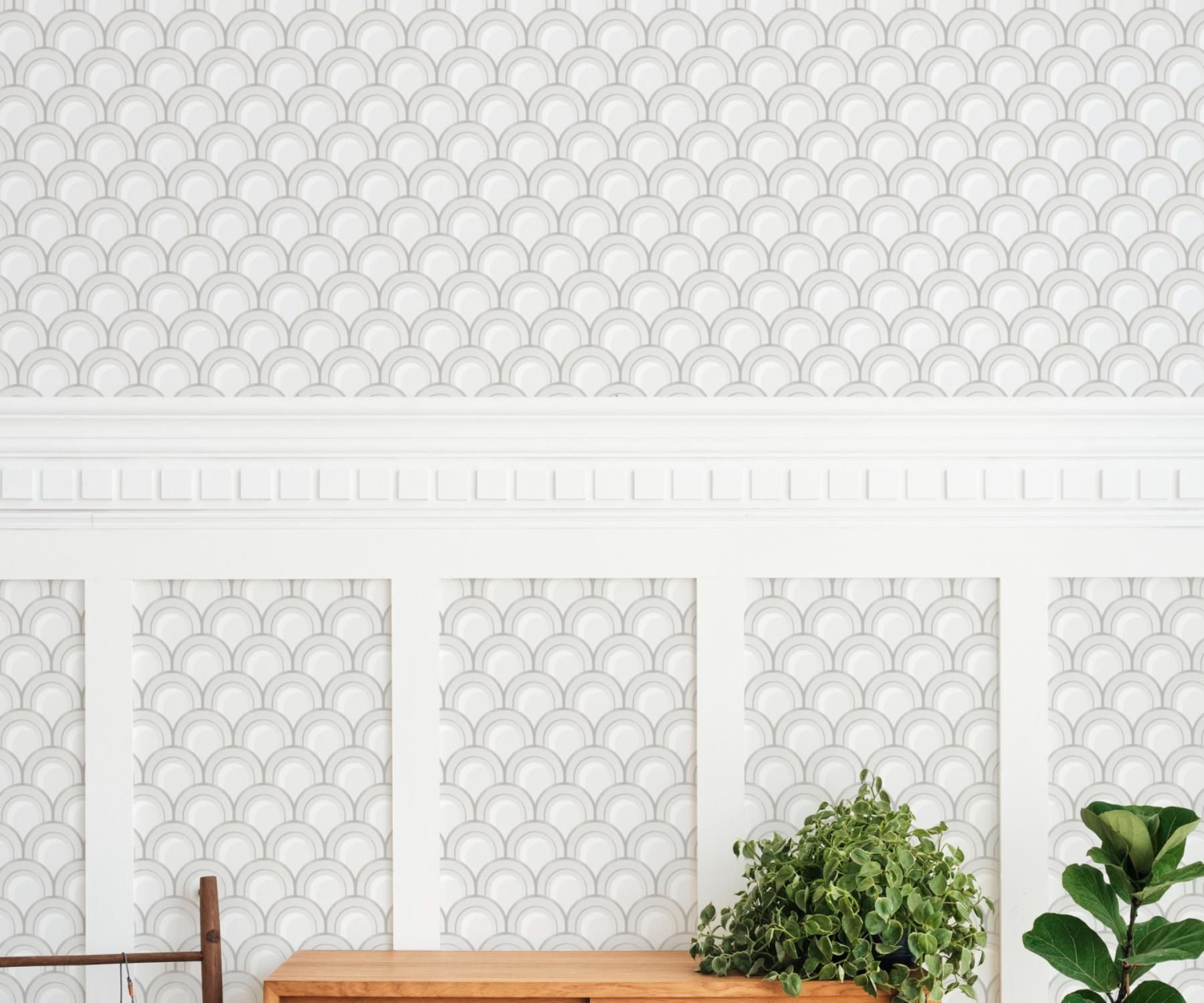The Role of Undercoats and Topcoats in Exterior Home Painting
A good-looking home exterior doesn’t come from just picking the right shade of paint. What’s underneath—and what seals it in—matters just as much. Layers like undercoats and topcoats do the heavy lifting, helping your exterior paint job hold up under heat, rain, snow, and time. These layers make the difference between a finish that flakes in two years and one that lasts for over a decade.
Primers Ensuring Maximum Surface Adhesion for Lasting Finishes
Primers act like double-sided tape for your house paint. They grip onto raw or previously painted surfaces while providing the perfect foundation for the topcoat to stick. Without primer, paint often peels, bubbles, or flakes far earlier than expected. This layer helps paint go on smoothly and hold tight, especially on porous or chalky surfaces.
Whether the home’s exterior is wood, masonry, or even metal, primer creates a uniform surface that equalizes absorption. This means your chosen paint color looks even and rich across the entire wall. One good coat of primer gives your finish a solid starting point, making the end result look more professional and last much longer.
Sealant Undercoats Guarding Against Moisture Penetration
Water is paint’s silent enemy. Rain, humidity, and frost creep into tiny cracks, breaking down materials over time. Sealant undercoats are specifically designed to block this moisture from seeping in. By forming a water-resistant layer, they help prevent swelling, mildew, and early surface decay.
Homes in wet or coastal climates especially benefit from this type of undercoat. It’s not just about preventing leaks—it’s about preserving the actual structure beneath the paint. Applied correctly, a sealant layer can protect your home’s bones as much as its face. This step often gets skipped, but it’s one of the most important if you want your paint job to stand the test of time.
High-Opacity Base Layers Masking Surface Imperfections
Not every exterior wall is flawless, and paint won’t magically hide dents or uneven texture. That’s where high-opacity base layers come in. These thick undercoats are great at covering up discoloration, patches, or uneven tones, creating a blank slate for your final color. They cut down on the number of topcoat layers you’ll need too.
By hiding imperfections early, these base layers also make bold or light shades pop better. Whether you're going for a deep forest green or a bright coastal white, these undercoats help make sure what you see on the paint chip is what ends up on your wall. Plus, your finish looks smoother, sharper, and more put-together from a distance.
Protective Topcoats Enhancing Weather Resistance and Longevity
The topcoat is more than just the color you picked—it’s the armor that shields your home’s surface. Good topcoats are engineered to resist rain, wind, temperature swings, and even insects. They hold color, deflect moisture, and stand up to daily wear and tear from the environment.
One quality topcoat can protect your home for years longer than a budget product. It acts like a barrier, not only sealing in the color but also repelling grime, dust, and pollution. Investing in the right topcoat ensures your exterior keeps its fresh look and doesn't require frequent repaints.
Pigmentation Strategies for Optimal Fade Resistance
Sunlight fades even the most vivid paints if they’re not made with the right pigment combinations. Smart pigmentation strategies pair strong color bases with UV-resilient compounds that keep the shade true over time. This is particularly important for bold colors that can quickly look washed out under strong sunlight.
A good paint job balances pigment density with proper layering, ensuring the color holds its depth for years. You might not notice the science behind it, but you’ll appreciate it when your red stays red and your blue doesn’t turn gray. These formulations are tested to last through years of sun exposure without significant dulling.
Elasticity in Topcoat Formulas Preventing Crack Formation
Paint that doesn’t move will crack. That’s why flexibility matters. High-quality topcoats now include elastic ingredients that allow the paint film to stretch and contract as temperatures change. This flexibility prevents cracks from forming as materials naturally expand and shrink with the weather.
Homes with older siding or settling structures benefit even more from this kind of paint. Elastic topcoats bridge small gaps, keeping water and pests out while maintaining a seamless appearance. Over time, this prevents the need for patching or full repainting due to splitting and flaking.
Breathable Coatings Maintaining Structural Integrity
A completely sealed wall might sound like a good thing—but not if it traps moisture inside. That’s where breathable coatings come in. They allow water vapor to escape while still blocking liquid water from getting in. This balance keeps your walls dry on the inside and well-protected on the outside.
Breathable coatings reduce the risk of mold, mildew, and interior rot. They’re especially helpful for homes with older construction or materials that naturally hold moisture. This under-the-radar feature can extend the life of not only your paint but your siding, sheathing, and even insulation.
UV-Resistant Finishes Preserving Exterior Color Vibrancy
Direct sunlight can wreck a beautiful paint job in no time. UV rays break down pigments and binders, leading to faded, chalky surfaces. Finishes with UV resistance prevent this slow burn, locking in your color for the long haul and keeping your exterior looking crisp and clean.
Whether you're painting a sunny front porch or a south-facing wall, UV protection in your finish keeps your paint looking as vibrant as the day it dried. It’s a small detail that makes a big difference, especially in areas that get a lot of direct exposure year-round.
Revive Painting Brings Out the Best in Every Exterior with Precision, Protection, and Color That Lasts
Your home’s paint deserves more than a brush and a wish. At Revive Painting, every project starts with a real understanding of your home’s surface, weather exposure, and style. From durable primers that hold tight to breathable sealants that protect deep inside, our work goes far beyond color. Our team takes each layer seriously, using only the highest-performing undercoats and topcoats to ensure a smooth finish that stays strong for years.
We don't believe in shortcuts. Whether your house sits in the shade or faces direct sunlight, Revive Painting brings the tools and techniques to match your specific needs. Want that deep blue to stay rich season after season? We’ve got the fade-fighting topcoats to make it happen. Ready to finally fix that peeling back wall? We’ve got sealants and elasticity coatings that will outlast any storm.
Contact us to schedule a consultation and get your exterior painting done right—from the first coat to the final brushstroke. Let Revive Painting show you how the right layers do more than cover—we protect, we enhance, and we revive your home’s entire look.



